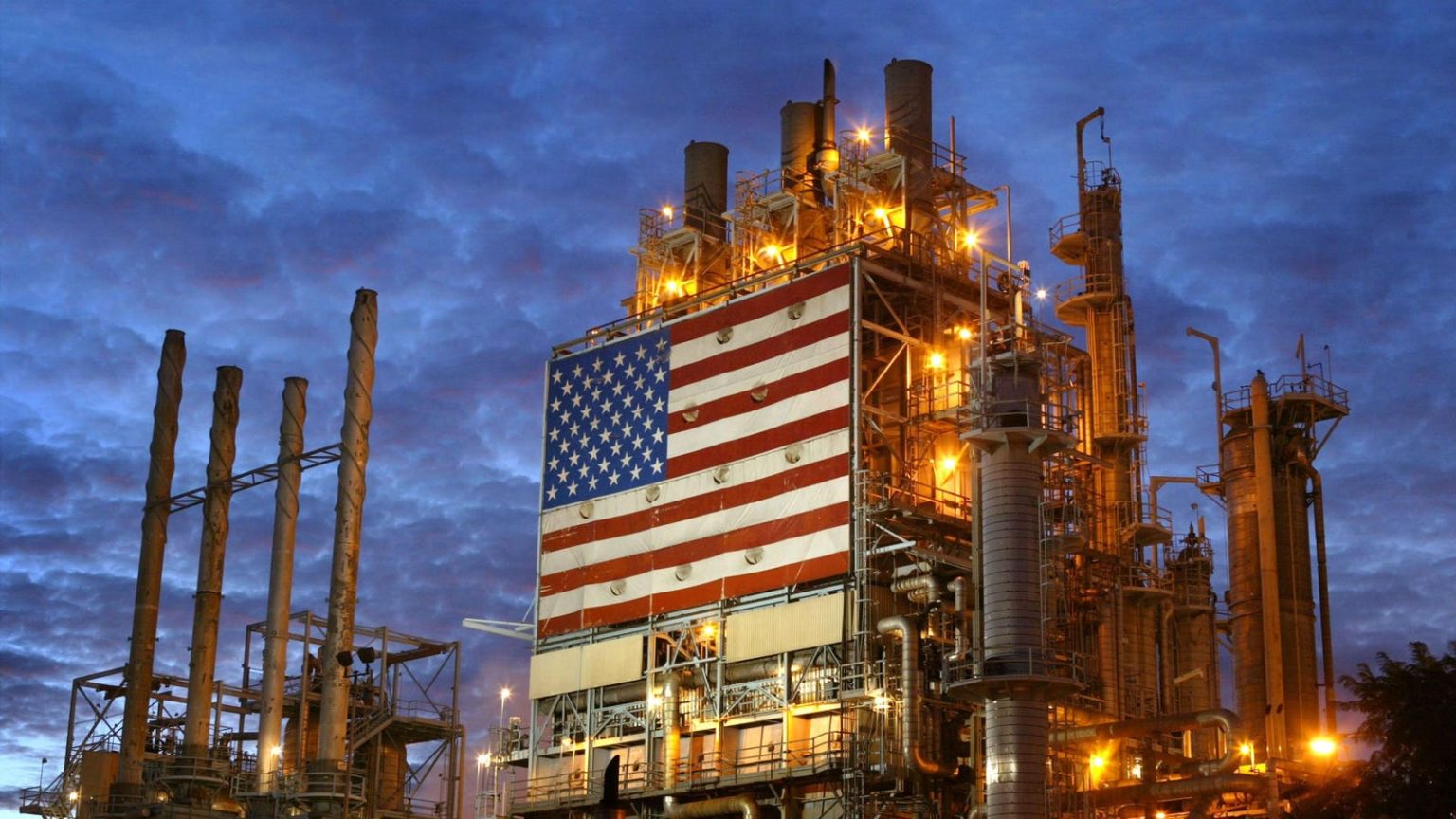The importance of energy in driving economic growth and lowering input costs cannot be overstated. The US experienced significant economic expansion with the growth of shale, thanks to decreased energy costs. However, the current situation is different, with inflation proving stickier than expected and low-cost energy sources facing uncertainty. This poses a challenge as energy demand continues to rise due to factors like fiscal policy, AI, demographics, and economic trends.
Energy development is constrained by various factors, such as windfall taxes, extended permitting processes, and environmental concerns, which hinder oil and gas as well as renewable energy projects. This hampers the ability of companies to respond to the increasing energy demand effectively. AI energy demand is expected to grow significantly, with data centers possibly consuming a large portion of America’s power by 2030. The reshoring of North American manufacturing is also contributing to rising energy demand, driven by fiscal spending and supply chain security concerns.
Demographic trends, particularly the retiree population, are another factor influencing energy demand. Baby boomers, who constitute a substantial portion of the population, have planned consumption-based activities for their retirement years, making them less price-sensitive consumers. Despite inflation impacting their spending power, many boomers have indexed sources of income, making them more resilient to price fluctuations. Governments may need to consider supporting energy development more aggressively to address the increasing energy costs faced by citizens who rely on affordable energy.
The current landscape presents challenges for energy development, with various constraints affecting both traditional and renewable energy projects. As energy demand continues to rise, supported by factors like AI, reshoring, and changing demographics, there is a growing need for proactive measures to ensure energy affordability. Government policies and investments in energy infrastructure may be necessary to address the increasing demand while maintaining a balance between economic growth and environmental concerns.
In conclusion, the dynamics of energy development are complex, with challenges posed by constraints on both traditional and renewable energy projects. The increasing demand for energy driven by various factors necessitates proactive measures to ensure energy affordability for consumers. Governments and industry stakeholders may need to work together to overcome barriers to energy development and promote sustainable solutions to meet the rising energy demand effectively. Failure to address these challenges could result in higher energy costs for consumers, highlighting the importance of strategic investments in energy infrastructure and policy support for the development of diverse energy sources.


